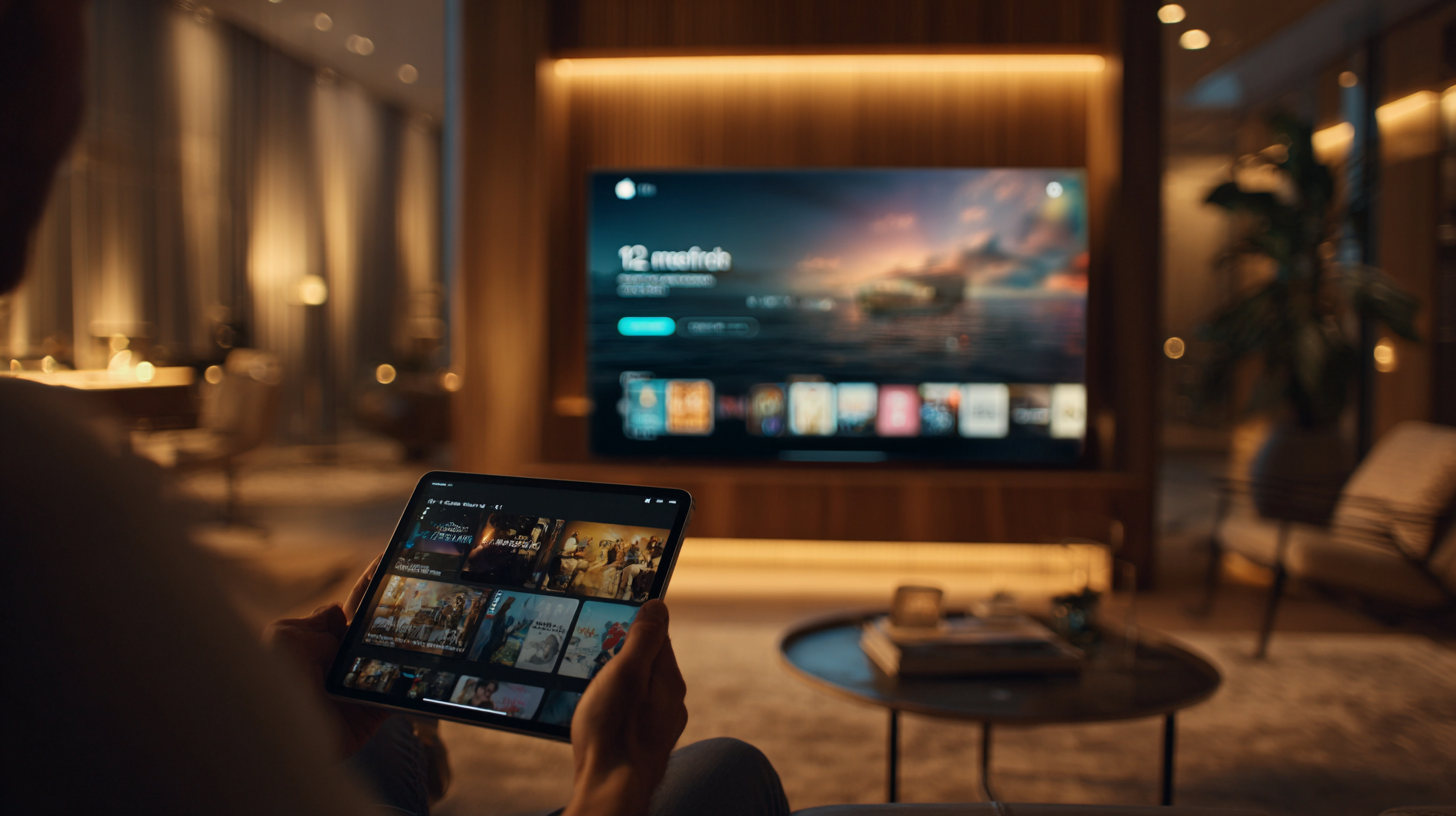How to Choose the Right Adapter, What to Expect
Introduction: A Simple Connection That Unlocks Big Possibilities
Whether you're preparing a presentation, streaming your favorite series, or mirroring apps on a bigger screen, connecting an iPad to an HDMI display is one of the most useful ways to expand your device’s capabilities. Yet many users quickly discover that not all adapters are created equal. With constantly evolving ports, resolutions, and compatibility requirements, choosing the right adapter can feel overwhelming. In this guide, we break it down clearly—helping you understand which adapter you need, what settings (if any) you must adjust, and why the UPTab USB-C to HDMI 2.1 adapter stands out as the best all-in-one solution available today.
1. What Adapter Do You Need to Connect an iPad to HDMI?
The adapter you need depends entirely on which iPad model you own:
-
iPad Pro (2018 and newer), iPad Air (4th gen and newer), and iPad Mini (6th gen) use a USB-C port.
-
For these models, you must use a USB-C to HDMI adapter.
-
-
Older iPads with Lightning ports require a Lightning Digital AV Adapter (Apple-specific).
For today’s USB-C iPads—now the standard—the most reliable and future-proof option is a USB-C to HDMI 2.1 adapter, which supports higher resolutions and broader compatibility. This ensures your iPad can output anything from standard HD up to crystal-clear 4K and even 8K video on compatible displays.
2. Do You Need to Change Any Settings for HDMI to Work?
In most cases, no settings need to be changed. iPads are designed to automatically detect and output video via HDMI the moment an adapter and external display are connected.
However, there are a few optional adjustments that users may find helpful:
-
Display Zoom/Scaling: Found under Settings → Display & Brightness, this may improve readability on large screens.
-
Screen Mirroring: Some apps allow extended display or full-screen video playback when connected to HDMI.
-
HDR Support: If your adapter and TV support HDR, the iPad will automatically switch modes. Users can enable/disable HDR in the TV settings if needed.
Overall, HDMI output from an iPad is plug-and-play—no drivers, no extra apps, and no complicated configuration.
3. Why UPTab’s USB-C to HDMI 2.1 Adapter Is the Best Choice
If you want a reliable, high-performance adapter that works seamlessly with modern iPads, UPTab’s USB-C to HDMI 2.1 is the industry-leading choice. Here's why:
-
Supports all resolutions up to 8K, ensuring compatibility with everything from basic monitors to advanced home-theater displays.
-
Fully USB-C compliant, delivering flawless performance with iPad Pro, iPad Air, and iPad Mini models.
-
Universal compatibility—use it not only with iPads, but also with laptops, MacBooks, PCs, tablets, and even smartphones that support USB-C video output.
-
Future-proof bandwidth, meaning smoother gameplay, sharper visuals, and better performance on the latest HDMI 2.1 televisions and monitors.
-
Durable, travel-friendly design that holds up to daily use.
For users who want maximum reliability and the broadest range of supported devices, the UPTab USB-C to HDMI 2.1 is the one adapter that covers every scenario—including those who may eventually upgrade to an 8K display.
4. Additional Tips for the Best HDMI Experience
To ensure the smoothest experience, consider the following:
-
Use a high-quality HDMI cable, ideally HDMI 2.0 or 2.1, for higher resolutions.
-
Make sure your TV/monitor is set to the correct HDMI input after connecting.
-
Keep apps updated, especially those used for streaming or presentations.
-
Check charging needs—some iPad models consume more power when outputting video, so pairing your adapter with a USB-C charger may extend usability during long sessions.
These small steps can enhance clarity, reduce signal issues, and ensure your iPad performs at its best.
Conclusion: A Single Adapter, Endless Possibilities
Connecting your iPad to an HDMI display is easier than most users expect—especially with the right adapter. With today’s USB-C iPads, a high-quality USB-C to HDMI solution is essential, and the UPTab USB-C to HDMI 2.1 adapter delivers unmatched clarity, compatibility, and future-proof performance. Whether you're presenting in the boardroom or streaming movies at home, the right connection opens the door to a bigger, more immersive experience—one simple cable at a time.



分享:
了解 DisplayPort 转 HDMI 和 HDMI 转 DisplayPort 之间的区别